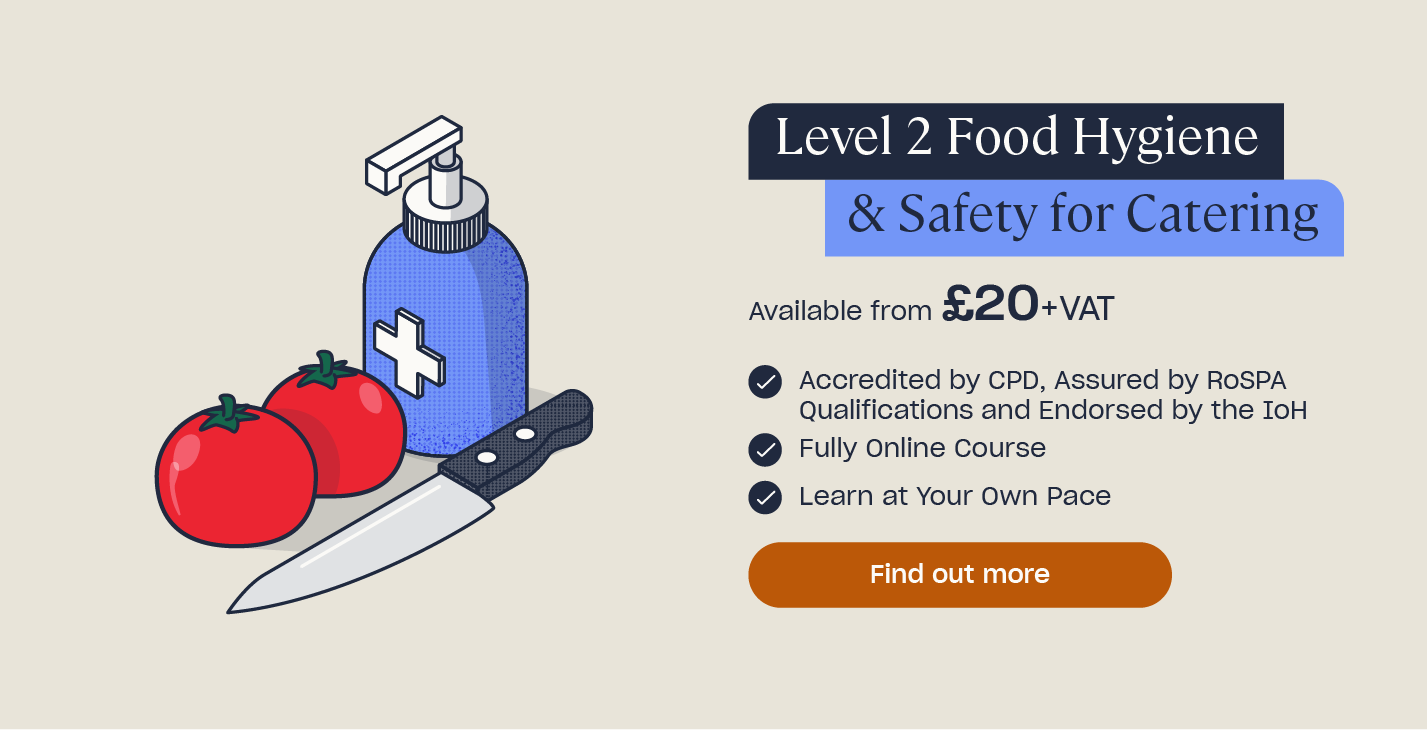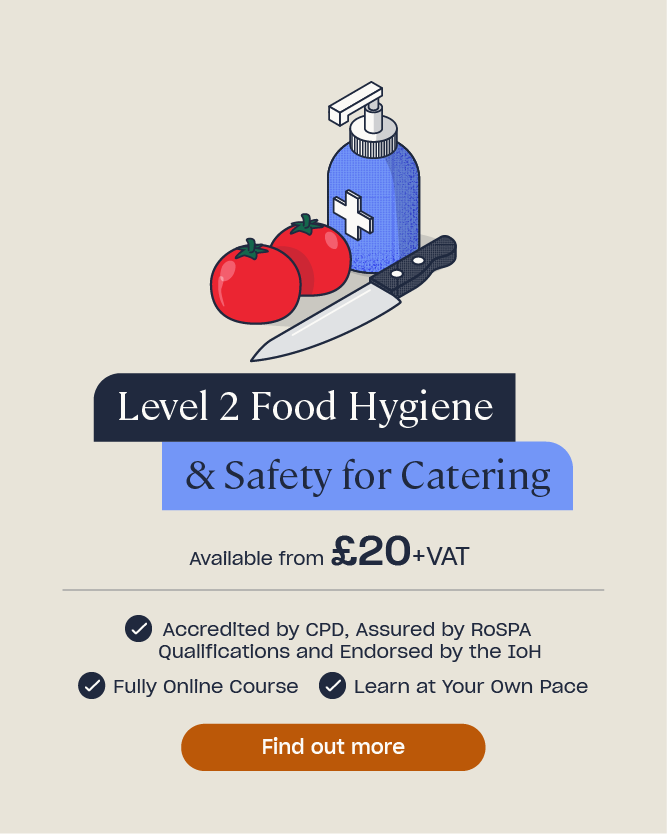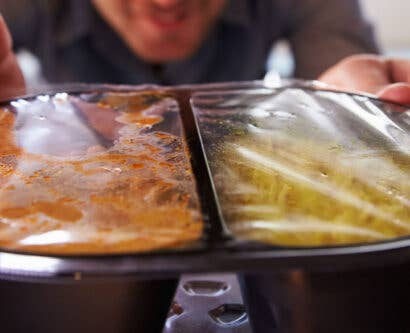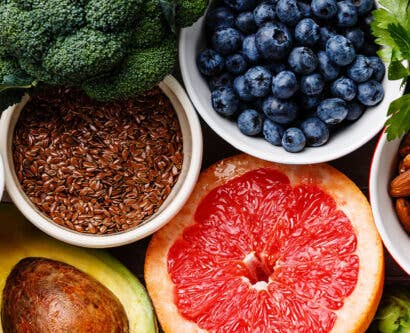Understanding Factors Affecting the Shelf Life of Food Products
All food has a shelf life, whether it’s fresh, perishable, or non-perishable. Every food product will have an expiry date that varies depending on the ingredients and the processing methods used.
We will explain the differences between high-risk and low-risk food groups, as well how each different processing method affects the longevity of the food. This article will also provide an overview of how to determine and increase shelf life of a product.
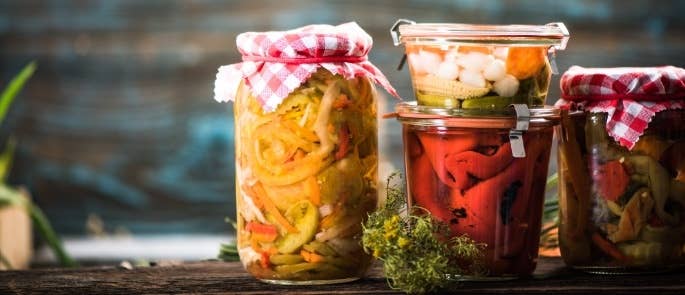
This article covers the following:
- What is Food Shelf Life?
- What are the Factors Affecting Shelf Life?
- How to Determine the Shelf Life of Food Products
- How to Increase the Shelf Life of Food Products
Use the links above if you’d like to jump to a certain section of the article.
What is Food Shelf Life?
Shelf life is the time after production that the food remains safe to eat or the period food can be used while maintaining its quality.
Top Tip
It is an offence to sell goods past their use by date as they may not be safe for consumption.
High-risk Foods
High-risk foods are ready-to-eat foods and often contain the ideal conditions for bacterial growth such as moisture and a high protein content. These foods are often stored under refrigeration and are marked with a ‘use-by’ date. ‘Use by’ dates are used to indicate that a food could become harmful after that date. These dates are determined and verified through microbial testing.
Examples of high-risk foods include:
- Cooked meat and poultry.
- Smoked salmon.
- Prepared salads and vegetables.
- Dairy products, such as milk, cream and cheese.
- Meat gravies, sauces, pâté and meat pies.
- Foods made with uncooked egg, such as mousse and mayonnaise.
- Seafood, such as cooked shellfish, prawns and oysters.
- Cooked rice and pasta.
Frozen meat products and fish must show the date of freezing or the date of first freezing, if frozen more than once. Frozen meats going on to further processing must carry both the date of production and the date of freezing. The date on batches must be for the oldest component. Freezing makes the pathogens dormant and does not kill them. This is why it is not recommended to refreeze products, and mishandling a frozen product will affect the shelf life.

Low-risk Foods
Low-risk foods are often stable at ambient temperatures due to preservation methods such as dehydration or acid fermentation. These foods have a ‘best before’ date.
‘Best before’ dates apply to foods which will deteriorate in quality after the specified date, but which would not become harmful to health. These dates are determined by quality testing. For more information on durability dates, read our article on ‘What is the Difference between Use By & Best Before Dates?’.
Examples of low-risk foods include:
- Sweets.
- Pickles.
- Honey.
- Jam and preserves.
- Syrups.
- Vinegar.
- Flour and dried pasta.
The exemptions from date marking include drinks over 10% alcohol, sugar, salt, and products that are generally expected to be eaten on the day of purchase such as fresh fruit & vegetables and bakery products. ‘Sell by’, ‘display until’ and similar indications are retailer marks and have no legal significance.
It is important for all food manufacturers to have a good understanding of what makes a food high-risk or low-risk as it is one of the biggest factors that affect the shelf life of a product.
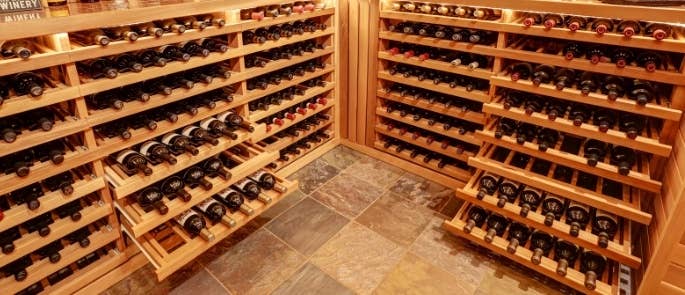
Like to learn more?
Consider taking our Food Labelling Regulations training course to find out more about how to label products.
What are the Factors Affecting Shelf Life?
There are many factors that can affect the shelf life of different foods. It is important to know what these consist of – particularly for those who work in food manufacturing.
Intrinsic and Extrinsic Factors
Intrinsic factors are inherent within the food and cannot be controlled, such as:
- Water activity.
- Moisture content.
- pH.
- Salt content.
- Sugar content.
- Nutrient content.
- Oxidation potential.
Extrinsic factors are the shelf-life factors which can be controlled or changed, for example:
- Time.
- Temperature
- Modified Atmospheric Packaging (MAP) and packaging materials.
- Processing methods.
- Chemical preservatives.
Processing Methods
Processing methods are often used to kill bacteria and make the product uninhabitable for pathogens. For example:
- Acid fermentation, such as kimchi.
- Curing and smoking, such as cured meats and smoked salmon.
- Thermal processes, such as UHT milk or juice pasteurisation within the packaging to ensure a long shelf life.

Product Formulation
The product formulation is one of the biggest factors that affect the shelf life. The ‘clean label’ and ‘healthier’ consumer demands pose a challenge to product developers. Sugar, salt and additives all contribute greatly to the shelf life of a product. Therefore, it isn’t as simple as just reducing or removing them as consumers often expect the product attributes to stay the same.
Product Formulation: Water Activity
Water activity is a measure of available water, which is used to determine the potential growth of microorganisms. Each pathogen will have a different minimum level of water activity to allow growth. The measurement ranges from 0.0 to 1.0. For reference, pure water has a water activity measure of 1.0, fresh fruit, vegetables and meat all have a water activity measure of over 0.9, and biscuits are around 0.3.
A product with a water activity level below 0.8 reduces the number of microorganisms which are likely to grow to some moulds and yeasts. Jam, for example, has a high moisture content but is relatively low water activity measure (around 0.75 – 0.8). This is because the sugar binds to the water, making it unavailable for microbial growth. Salt has the same ability to bind to water as sugar, which is why it is challenging to reduce salt and sugar when reformulating a healthier product, especially if preservatives are also not used.
Product Formulation: Additives
Additives, such as preservatives and acidity regulators, can be used to increase the shelf life of a product. The pH is a measure of the acidity or alkalinity of something. Most often in food and drink products, an acidity regulator, such as citric acid, is used to ensure the product has a consistently low (acidic) pH as most bacteria prefer a neutral pH around 6.5 – 7.0.
Preservatives, such as sulphites, are also frequently used in long life products such as wine and dried fruits. The ‘clean label’ trend has driven the reformulation of many supermarket products with claims such as ‘no nasties’ and ‘no artificial preservatives’ now expected from consumers. The demand for fewer allergens also affects sulphite containing products because sulphites are one of the 14 named allergens.
Products aiming to comply with ‘clean label’ ideals are more difficult to formulate to have the same shelf life as their high sugar, salt and preservative-containing competitors.
Food products often have a ‘rework’ recipe version if there is leftover or safe rejected product (such as not meeting the correct weight) from a previous production run. Adding rework at high quantities may affect the structure and quality of certain products.
Recipes which include rework should be sensory tested to find out if there is a difference in taste and texture, compared to a recipe without rework. Sensory testing will also allow you to find the percentage of rework that can be added without altering the shelf life of the product. For example, adding reworked set fudge to a fudge mixture will reduce waste but may affect the texture and quality shelf life of the fudge.
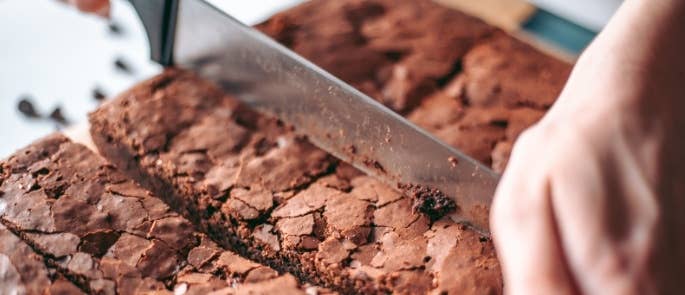
Storage and Transportation
Times, temperatures and conditions all play a major role in maintaining the shelf life of a product. A product will have a specification which will contain the temperatures and conditions the product should be stored and shipped. For example, ambient ‘stored in a cool and dry place’, frozen or chilled ‘this product must be kept refrigerated’. If the storage and transportation of a product is not safe or falls outside of the product specifications, the product can spoil faster than its declared shelf life.
During the movement of product – either from storage to the transport vehicle or from the transport vehicle to the retailer or distribution centre – products must maintain their specified conditions. If the temperature of a chilled product goes within the temperature danger zone, it could reduce the shelf life of the product and make the product unsafe. Equally, a frozen product must remain frozen otherwise the dormant microorganisms could continue to grow if the conditions become favourable again.
It is out of the hands of the manufacturer and retailer as to how a customer handles their products after purchase. For this reason, it is important to clearly state the storage instructions on the pack, as well as how long the product is safe after opening – for those products which quickly spoil once opened.
Packaging
Packaging can be used to extend the shelf life of products, examples include:
- Modified Atmospheric Packaging, such as adding carbon dioxide to ready-to-eat ham slices.
- Vacuum packing, for example, when steaks are vacuum packed to remove oxygen from the packaging.
- Sealed plastic, such as the plastic packaging in cereal boxes, to prevent the cereal from going soft.
- Canning.
The type of packaging material used greatly influences the shelf life of products. To find out more about each type of packaging material, read our article on ‘Food Packaging Materials: Regulations & Different Types’.
How to Determine the Shelf Life of Food Products
It is important to do your own testing to determine the shelf life of your products to verify that your products are safe to be consumed within the time period you specify. For longer life ambient-stable products, you want to set a shelf life where the quality of your product nearing the end of the shelf life is a product your customers will still be happy with.
How to Calculate Shelf Life
For perishable products, a microbial analysis is essential in determining and validating your ‘use by’ date. If you don’t know where to start, take a look at industry publications and any potential legislation which may apply to your product. For example, in the UK, the maximum shelf life for meat products is 13 days, which was recently extended from 10.
For non-perishable ambient-stable products, microbial and sensory testing is often used in combination to determine the ‘best before’ date.
It is beneficial to gather as many measures as possible about your product. For example, the pH value, water activity, sugar content, salt content, alcohol content, viscosity, colour, total acidity (TA). This way you can adjust your recipe and measure more accurately to understand the compositional factors at play. The compositional profile can then be used as quality testing tolerances to ensure consistency and safety during manufacturing.

How to Increase the Shelf Life of Food Products
Each of these above factors play a role in the expiration of each food or drink product, whether it is microbial, or will impact on product quality. Multiple approaches to extending shelf life and food safety are used in the food industry. For example:
- Beer production uses alcohol, a low pH and pasteurisation to ensure a long shelf life.
- Jam production uses a high sugar content, acidity regulators and pasteurisation to reduce food spoilage.
The acidity measure is of far more importance when formulating a ‘no added sugar’ jam or ‘low alcohol’ beer. To find out more about ultra-processed food, read our article on ‘What Are Ultra-Processed Foods and How Do We Recognise Them?’.
Methods for Increasing Shelf Life
Research into novel packaging is one of the developments in how to determine shelf life. For example, Australian scientists have been researching visual indicators on packaging to indicate when foods are spoiled, in an attempt to reduce food waste.
You won’t need to alter your product if you look into changing the packaging first. The different barrier qualities of each packaging type impact the shelf life of a product and help prevent it from spoilage or a reduction in quality which, in turn, reduces food waste going to landfill. For fresh products, MAP (Modified Atmospheric Packaging) greatly reduces spoilage.
If you are considering changing the formulation of your product, you must first consider your brand and company values. Do you aim to have ‘no added sugar’, ‘no artificials’ or ‘no nasties’ claims? If so, what healthier and natural ways can you reformulate to make it more difficult for microbial growth?
More consumer friendly ingredients include:
- Citric acid.
- Lemon juice.
- Antioxidants, such as rosemary extract, vitamin C or vitamin E.
- Vinegar.
Benefits of Extending Shelf Life
Benefits of extending the shelf life of foods include:
- A better quality product.
- Fewer shipments rejected.
- Less food loss and waste.
- Increased profit margins.
- Better brand reputation.
Whilst there are many factors which can affect the shelf life of all food products, it is important to understand what these are, how to determine the expiration of your products, and familiarise yourself with common methods used to extend the shelf life.
We hope you found the above information useful. Should you wish to discuss your business needs further, or would like to know more about how our training can help you, please contact our friendly, helpful sales and support teams on 0333 006 7000 or email sales@highspeedtraining.co.uk.
Further Resources:
- Food Labelling Regulations Training Course
- What Are Ultra-Processed Foods and How Do We Recognise Them?
- Vegan Food Production: Guidance on Manufacturing Practices
- Ideas for Starting a Food Business From Home
- 17 Ways to Reduce Food Waste in Your Restaurant
- Food Preservation Methods and Guidance


